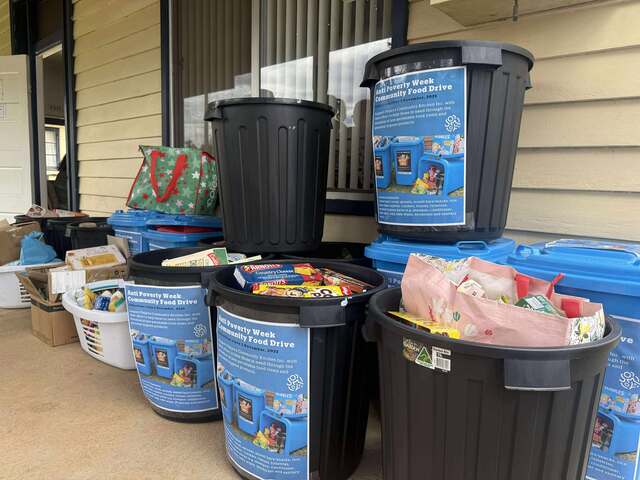Installing a photovoltaic system on the Newcastle Museum was no straightforward task for Newcastle City Council (NCC). As a heritage-listed site, the former railway workshop that houses the museum posed unique challenges.
Such obstacles included mandatory heritage assessments and the need to minimise the visual impact on the popular Honeysuckle precinct next to Newcastle Harbour.
When it was switched on in May last year, the rooftop installation added a further 100 kW of capacity to a growing array of eight solar set ups.
Together these now account for more than 440kW of renewable energy generation.
Installed by Hunter Valley-based company HCB Solar, the museum installation generates around 146,000 kWh, reducing the facility’s grid consumption by 27 per cent.
“Through our Newcastle 2020 Carbon and Water Management Action Plan, Council has established a series of goals to progress financial and environmental sustainability,” said Newcastle Lord Mayor Nuatali Nelmes.
“One of these targets is for 30 per cent renewable energy generation for Council by 2020, and we continue to look at opportunities to achieve this goal.”
Solar PV, together with other projects, such as energy-efficient retrofits at popular cultural and recreational centres, has helped slash Council’s electricity consumption by around 1.45 million KWh a year.
And late last year, NCC released a public expression of interest for the development of a 5MW solar farm at its waste management facility west of the city in a bid to meet its ambitious renewable energy targets.
Since 2012, rooftop solar systems have been installed across multiple sites across the Council area, including libraries, sportsgrounds and a works depot.
A small-scale wind turbine is operating at council’s waste management centre and a 22 kWh battery storage system was installed at the city’s No.2 sportsground last year.







